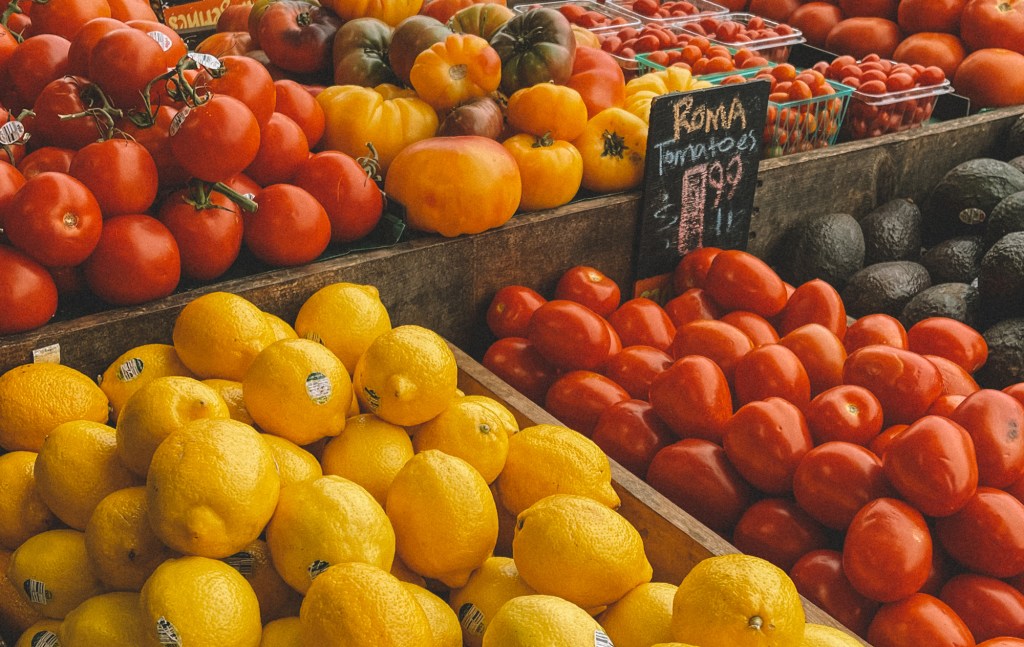I began a plant-based transition when I became more mindful and scientifically informed about food and its impact on our health. This happened when I went into private practice 6 years ago. I asked myself why I want to achieve optimal health, what I want for my family and patients, and my health journey naturally and sustainably became whole food plant based.
In our culture, it is so easy to neglect the consumption of whole plants in favor of what’s convenient, popular, and what we are accustomed to. Nowadays, more people are becoming more educated, more informed, and following scientific evidence. The research is clear; we need a consistent, robust, and varied quantity of whole plant foods to support a healthy whole body, prevent diseases, and improve chronic diseases. The specifics of how much is required is a great discussion to have with your doctor.
The transition process is just that… a process. The slower, intentional, and more gradual your process, the more successful you will be at optimizing and maintaining it. When it comes to your kids, introducing them to the rainbow of whole plant foods as early as possible sets the stage for their eating habits. As humans; we are highly attracted to colorful and beautiful foods, so this is a great way to entice our kids to try nature’s bounty. It also helps to start off with starches and grains as the base and build your rainbow from there.
Great starter foods include potatoes, carrots, pumpkin, oats, fruits and whole grains. It helps to focus on changing just one meal at a time. I love keeping attractive fruits on the counter tops within easy reach of the kiddos and myself. It’s also helpful to choose 1 or 2 days to prep/chop veggies, which cuts down on cooking time and gives you easy nutrient dense options to snack on.
There are plenty of plant-based food delivery services and pre-cut veggies if/when you really need the convenient routes. I also remind my patients that this is not a competition with anyone else, nor does it have to be an all or nothing way of eating. Even if you follow the 80/20 rule; where 80% of the time you follow a whole foods plant based plan and 20% of the time you enjoy whatever foods you desire; you are still improving your health in measurable ways! It’s important to give yourself and kids grace during this transition process as there will be bumps along the way. It’s also helpful to surround yourselves with friends who are also on a plant-based journey.
Repetition, consistency, having fun, and experimenting are all tried and true ways to ensure your success. There are plenty of solid recipes for delicious plant based meals online. Many restaurants also have plant based options on their menu. Don’t be afraid to ask the server for vegan options.
It’s important to note that not all plant options will be of health value. For example, Oreos and French fries are plant based but are devoid of all health benefits. I like to say “if it grows from the ground that way…eat it.” Try to steer clear of packaged foods as they are seldom “whole”.
Nowadays, there are plenty of whole plant based alternatives. As a general rule; try to focus on whole fruits, grains, beans, and veggies.
Cheers to your journey; May you and your families enjoy it and gain better health.













